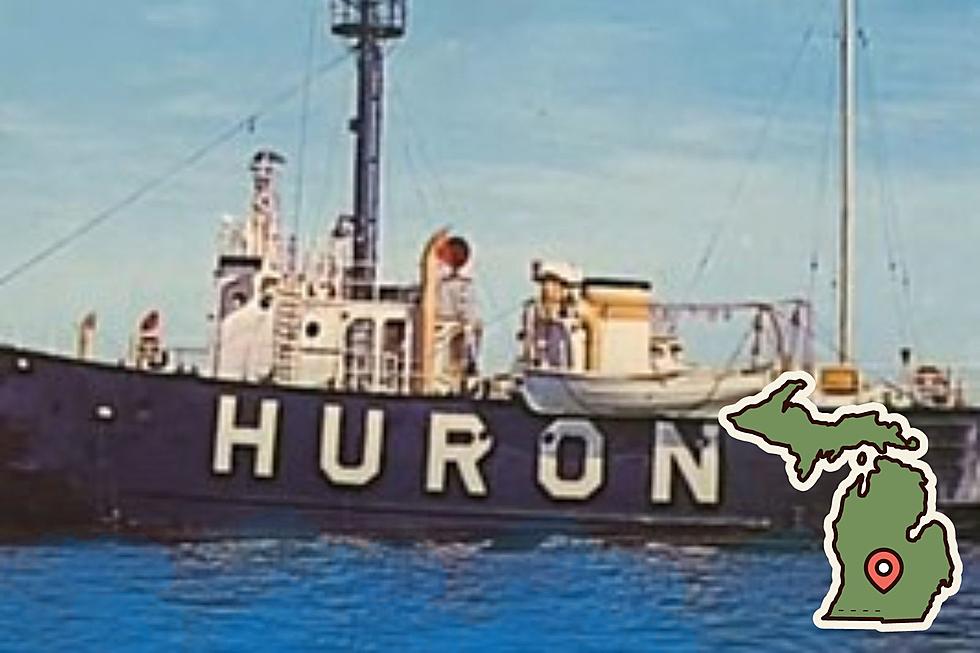
Wreck of the Edmund Fitzgerald Revealed: Draining Lake Superior
530 feet below the icy waters of Lake Superior lies the wreck of the Edmund Fitzgerald. Before it settled into its final resting place, the mighty Fitz served as the Titanic of the Great Lakes, ferrying cargo across the waters, according to MichganSeaGrant.org:
The S.S. Edmund Fitzgerald (sometimes called the Mighty Fitz or Big Fitz) was a Great Lakes bulk cargo vessel that was christened into service on June 8, 1958. It was 730 feet long, 75 feet wide, and 39 feet high. It was designed to carry taconite pellets (a type of iron ore) from mines near Duluth to iron works in Detroit and Toledo. It was the largest ore carrier on the Great Lakes when it entered service.
Related: Has a Great Lake Ever Experience a Tidal Wave?
The Edmund Fitzgeralds first ever voyage was on September 24, 1958 and it performed it stayed afloat until that fateful day on November 10, 1975.
What Sank the 'Titanic of the Great Lakes', the Edmund Fitzgerald?
On Sunday, November 9, 1975, the colossal S.S. Edmund Fitzgerald sailed out of Two Harbors, Minnesota, transporting 26,116 taconite pellets. Captain Ernest M. McSorley, advised of storm warnings in the area, decided to take the northern route to its eventual destination of Zug Island, Detroit. It would never make it.
Related: How Many Renaissance Centers Would You Stack to Reach Titanic?
As the day turned to evening, the winds turned hurricane force, reaching up to 75 knots. The Mighty Fitz took on water and tilted to the side and the last radio check with the ship traveling along with it, the Anderson, stated "We're holding our own".
Then, suddenly and without a chance to even put out a distress signal, the Great Lakes Titanic began its journey to the bottom of Lake Superior, but not before breaking in half, much like the Titanic itself. Keep in mind that she rests in 530 feet of water, yet the ship itself was 730 feet.

Unlike its much larger saltwater sister the Titanic, the Edmund Fitzgerald didn't break in half on the surface, the Coast Guard theory is that the ship tipped enough that the submerged bow of the ship struck the bottom of Lake Superior and the force of the impact caused the vessel to snap in two.
What caused the S.S. Edmund Fitzgerald to take on water is still debated, but the United States Coast Guard felt 3 primary factors led to its sinking according to a report from Weather.gov:
- The Fitzgerald sat very low in the water, increasing the frequency and quantity of water that could flood the deck.
- The loose hatch covers allowed water spilling onboard to enter the cargo area, causing the ship to sink even lower and take on more and more water.
- More water could have entered through damage in the hull caused by the possible grounding near Caribou Island.
The ship, and the lives lost, have been forever immortalized in Gordon Lightfoot's song, the Wreck of the Edmund Fitzgerald. What would it look like today? Scroll on for more.
Draining Lake Superior to Reveal Wreck of the Edmund Fitzgerald
Gallery Credit: Scott Clow
The Real Edmund Fitzgerald
More From 99.1 WFMK









